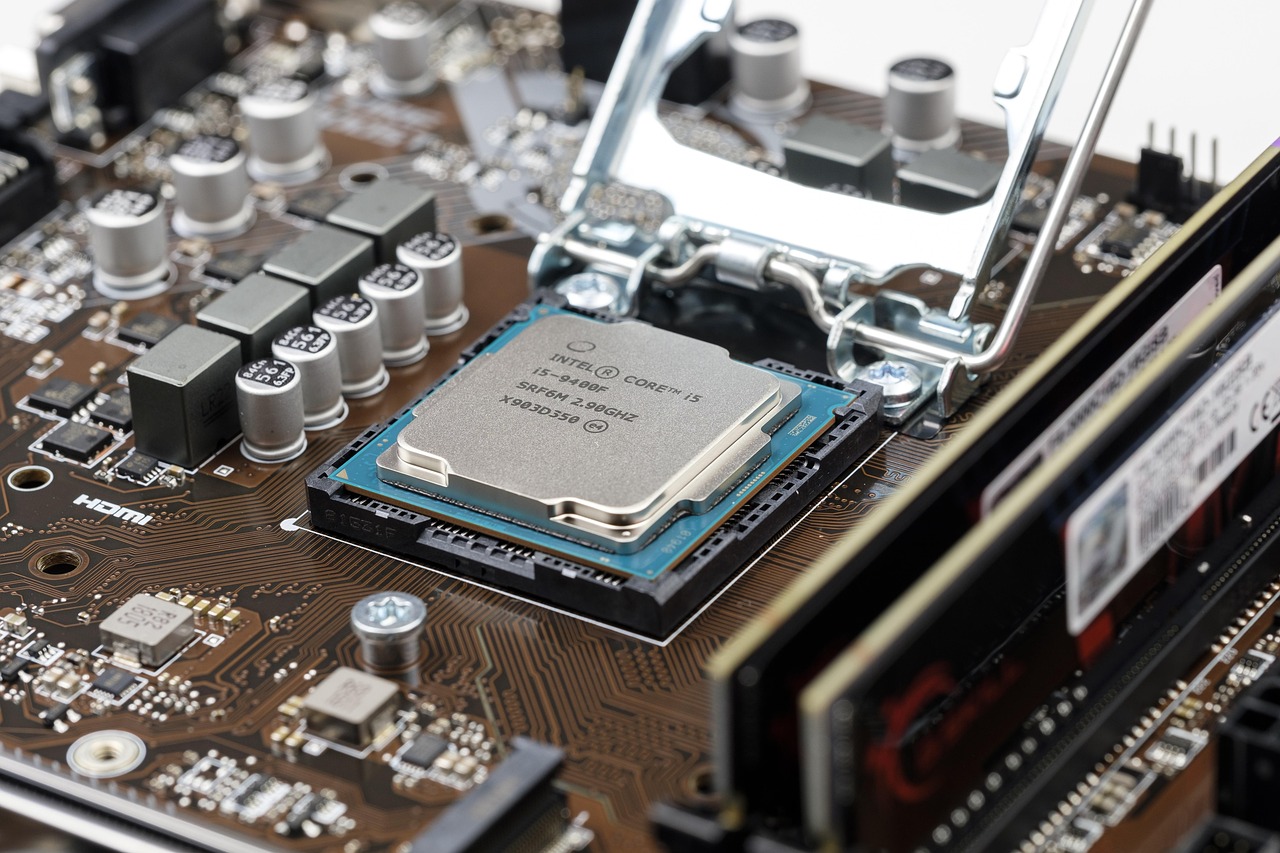Mastercard Behavioral SDK Now Includes Sensor Fusion

In a significant move to enhance digital transaction security, Mastercard has integrated sensor fusion technology into its Behavioral SDK. This development is set to bolster fraud detection and prevention mechanisms, thereby enhancing the security and reliability of digital transactions across the globe. The inclusion of sensor fusion represents Mastercard’s continued effort to innovate within the realm of cybersecurity and payment technology.
Sensor fusion involves the integration of data from multiple sensors to produce more accurate, reliable, and comprehensive information than could be achieved by using a single sensor alone. In the context of Mastercard’s Behavioral SDK, this means leveraging a combination of data inputs such as motion sensors, gyroscopes, and accelerometers found commonly in smartphones and other smart devices. This amalgamation of data streams allows for a more nuanced understanding of user behavior, leading to improved identification of fraudulent activities.
Fraud detection systems traditionally rely on static data points such as passwords or PINs, which can be vulnerable to theft or misuse. In contrast, behavioral biometrics provides a dynamic layer of security by analyzing how users interact with their devices. By incorporating sensor fusion, Mastercard’s solution can detect anomalies in user behavior with greater precision. For instance, the way a user holds their phone or the pattern of their typing can indicate whether the rightful owner is conducting the transaction.
The integration of sensor fusion into the Behavioral SDK also aligns with broader trends in the financial technology landscape. As the world becomes increasingly digital, there is a pressing need for payment systems to evolve in tandem. The rise in mobile transactions and contactless payments has been accompanied by a surge in cyber threats. Mastercard’s adoption of sensor fusion is a forward-thinking response to these challenges, aiming to provide a robust defense mechanism against sophisticated fraud tactics.
Globally, the financial sector has recognized the importance of advanced behavioral analytics. According to industry reports, the market for behavioral biometrics is expected to grow significantly, driven by the need for improved security measures in online banking and e-commerce. Mastercard’s innovation can potentially set a new benchmark for security practices within the industry, encouraging other players to adopt similar technologies.
Moreover, the incorporation of sensor fusion technology is not just about enhancing security; it also improves the user experience by reducing the need for intrusive security measures. Traditional authentication methods can be cumbersome, often leading to user frustration. By providing a seamless transaction experience, Mastercard’s solution could foster greater customer satisfaction and loyalty.
However, the implementation of such advanced technologies also brings with it considerations around privacy and data protection. It is crucial for Mastercard and other companies employing similar technologies to ensure that user data is handled with the utmost integrity and transparency. Striking the right balance between security and privacy is essential to maintain consumer trust and comply with global data protection regulations like the GDPR.
In conclusion, Mastercard’s integration of sensor fusion into its Behavioral SDK is a pivotal step in the evolution of digital payment security. By leveraging cutting-edge technology to analyze user behavior with unprecedented accuracy, Mastercard is poised to significantly mitigate the risks of fraud and enhance the security of digital transactions worldwide. This initiative not only reflects the ongoing advancements in the fintech sector but also underscores the critical role that technology plays in safeguarding financial ecosystems in today’s digital age.
















